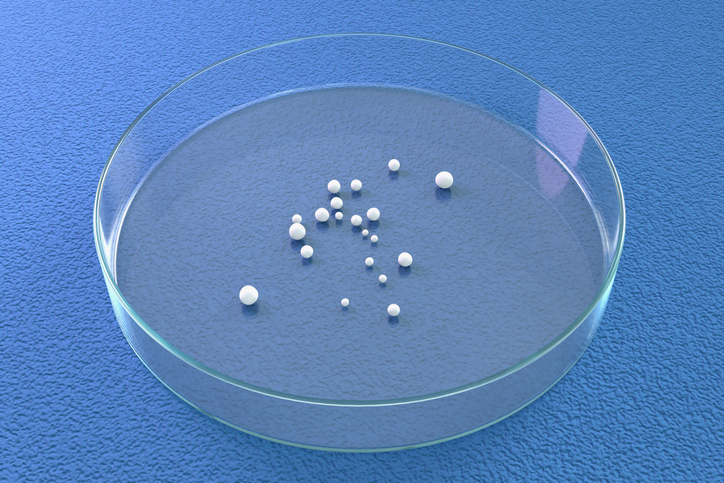Scientists at the University of Southern California (USC) have developed an organoid model of the human brain that generates granule cells and Purkinje neurons—two major cell types found in the human cerebellum. Details of the model are provided in a new paper titled, “Human cerebellar organoids with functional Purkinje cells,” which was published this week in Cell Stem Cell.
According to the paper, the model is “capable of developing the complex cellular diversity of the fetal cerebellum, including human-specific rhombic lip progenitor populations that have never been generated in vitro.” Also, for the first time, scientists were able to grow mature Purkinje cells in an “all-human culture system” that “display molecular and electrophysiological hallmarks” of functional neurons. In fact, “our six-month-old organoid-derived Purkinje cells resemble 22–28 weeks post-conception Purkinje cells from the fetal human [cerebellum],” the researchers wrote.
Other neurons within the organoids including excitatory and inhibitory neurons formed circuits and showed coordinated network activity, demonstrating that they were also functional nerve cells.
“The reproducible co-development and maturation of the main cell types of the developing cerebellum in a human organoid model provide a new way to explore the underlying biology of cerebellar development and disorders and advance therapeutic interventions,” said Giorgia Quadrato, PhD, an assistant professor of stem cell biology and regenerative medicine and senior author on the paper. This is critical because historically, most studies on neural development and disorders have been done in mouse models which do not fully reflect either normal or abnormal human biology.
Neurodevelopmental and neurodegenerative disorders such as autism spectrum disorder and cerebellar ataxia are associated with the degeneration of Purkinje fibers in the cerebellum, which is involved in movement and various cognitive functions. Access to “a physiologically relevant, all-human model system” that includes the critical cell types will make it possible “to elucidate the cell type-specific mechanisms governing cerebellar development and disease,” noted Alexander Atamian, a PhD candidate in the Quadrato lab and first author of the study.
Access to more representative models can also support studies aimed at exploring new treatments for various diseases. For example, the researchers demonstrated that the organoid models could form human-specific progenitor cells which are associated with the development of medulloblastoma, a metastatic brain tumor that starts in the cerebellum and affects mostly pediatric patients. Conceivably, drug developers could use these cultured cells to test novel therapies for the cancer subtype.



